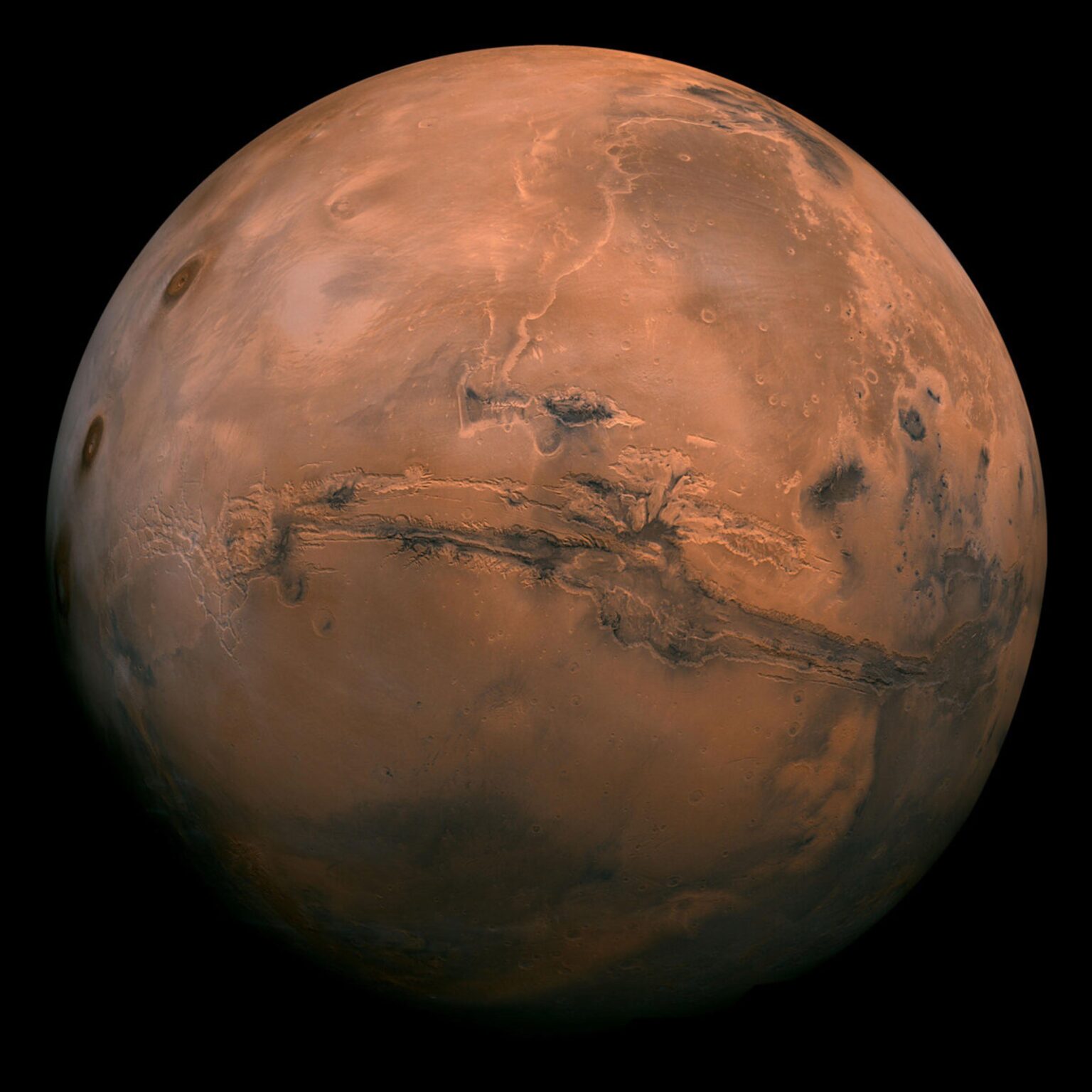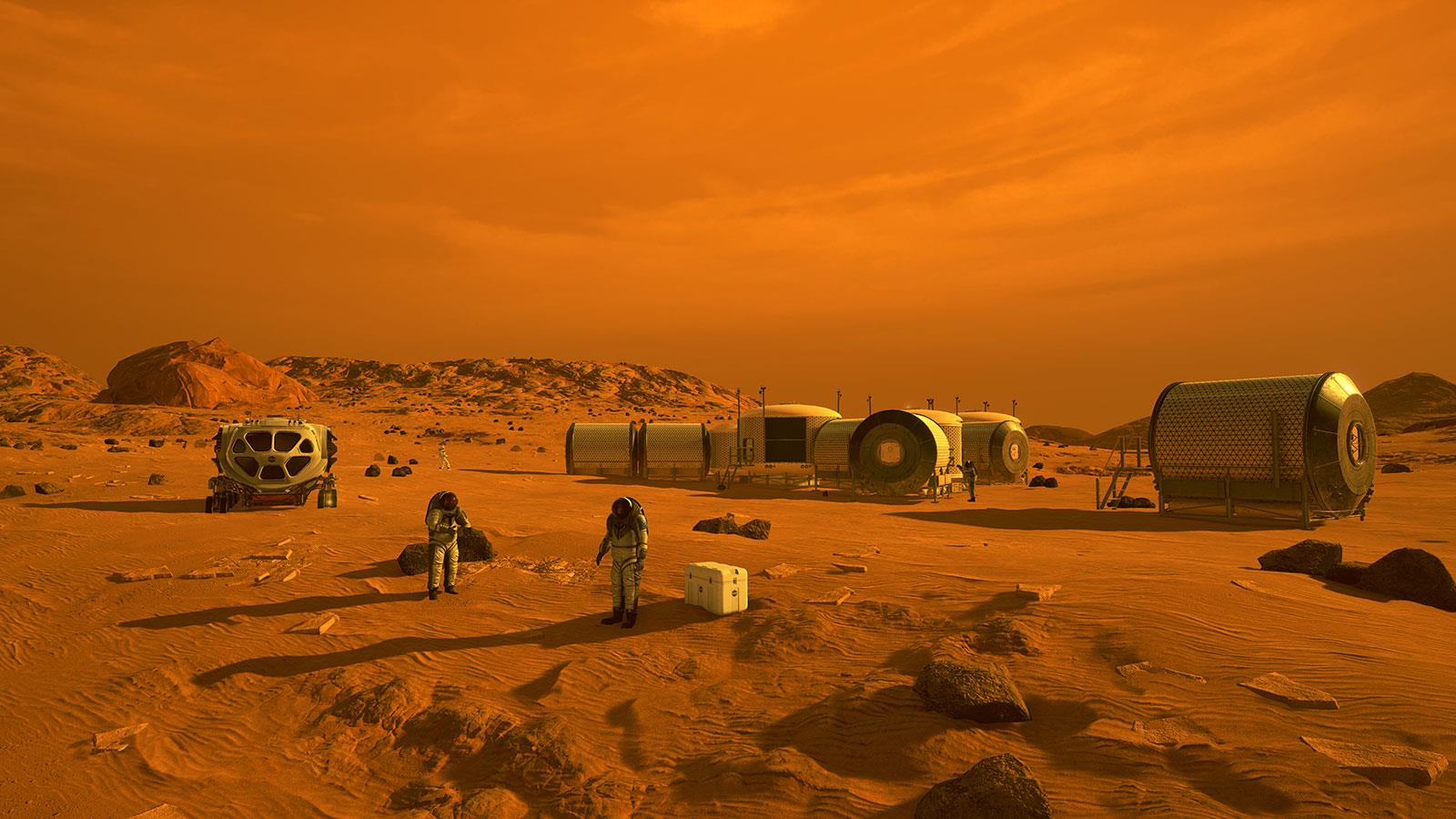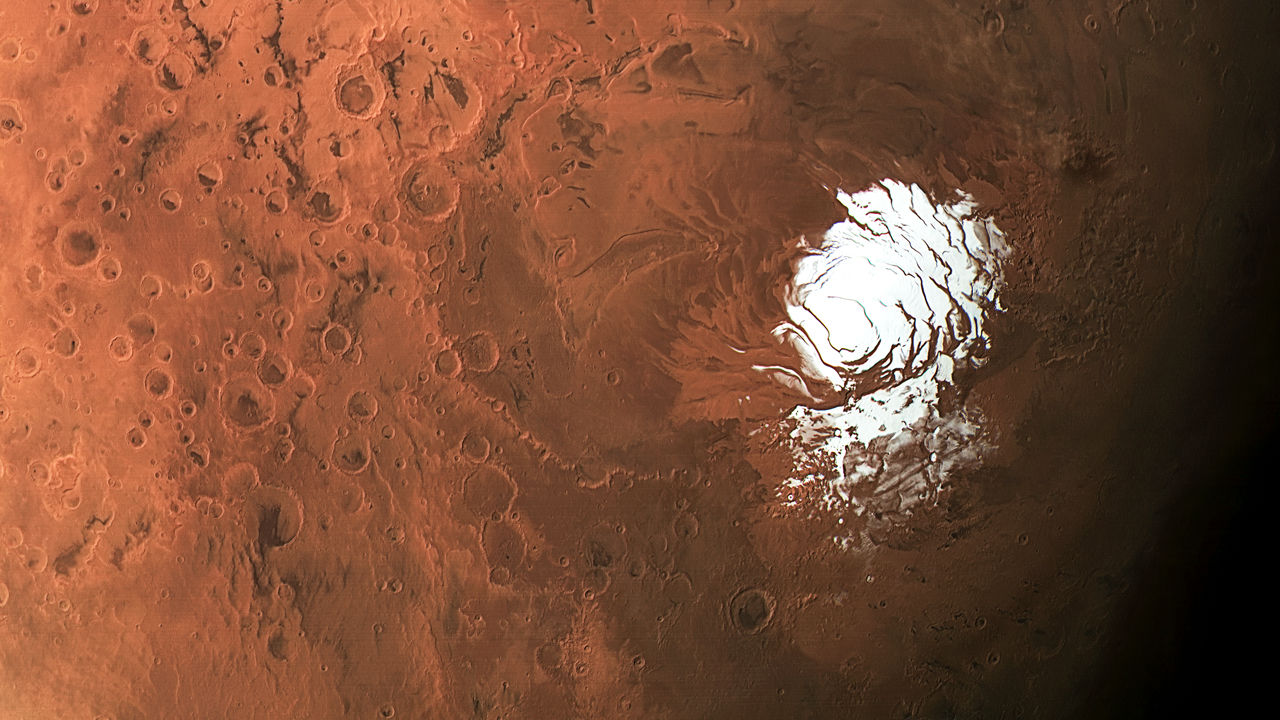
Space news: Could we finally go to Mars? What scientists are saying
With pandemics, wars, and climate change ravaging Earth, our home planet seems less & less inhabitable every day. People always joke about moving to Mars, but what if it wasn’t too much of a stretch? Scientists are weighing in.

Will NASA make the leap?
NASA recently stated they want to have astronauts land on Mars in the 2030s. Of course, a mission to Mars is more complex and dangerous than simply hopping into a rocket, and ultimately, it could take five years to even come close per NASA themselves.
NASA claimed some of the biggest concerns include oxygen & fuel. Unfortunately, it’s currently close to impossible they’d be able to transport enough of these resources for the amount of time the mission would take.

What is MOXIE, and how does it come into play?
Luckily, there are options when it comes to the possibility of a long-term mission. NASA hopes to send out MOXIE, (the Mars Oxygen in Situ Resource Utilization Experiment). The device can convert carbon dioxide into oxygen, which is handy because the former makes up around 96% of the gas on Mars’s atmosphere. Who knows — MOXIE might also prove useful in other space endeavors.
MOXIE works by producing its own oxygen; pulling in air with a pump and separating oxygen atoms from each molecule of CO2.

MOXIE will be vital to any future Mars endeavors because Oxygen makes up 0.13% of the planet’s atmosphere, as opposed to 21% here on Earth. Scientists at Washington University in St. Louis are in the starting phases of a technique that could work together with MOXIE.
Scientists at NASA will look closely at how dust storms, wind & sand, and temperature might affect MOXIE, and adjust accordingly.

Life on Mars?
Although most of Mars’s water is known to be ice, two years ago, scientists found what appeared to be a salty lake under a Mars ice cap. They also recently discovered Mars might have some salty water on its surface, which is a huge scientific breakthrough. The study explained: “the possibility of extended hypersaline water bodies on Mars is particularly exciting because of the potential for the existence of microbial life.”
NASA scientist Kevin Ramani commented on the upsides of the salt findings: “The presence of the brine is fortuitous because it lowers the freezing point of the water. You take the salty, brackish water and electrolyze that. Our process takes the water and splits it into hydrogen and oxygen.”

Michael Hecht, NASA’s investigator for MOXIE, explained how the salt will impact a potential journey to Mars. “There hasn’t been any substantive evidence of bulk brine deposits, and while there are likely some in frozen form I actually don’t expect to find them as liquids,” he stated.
He continued: “What the authors are overlooking is that while the melting point might be -70C, the frost point on Mars is also around -70C, so if these liquid brines did exist they would eventually just evaporate (more accurately, sublimate) away.” So, it looks like the future of space travel might not exist in salt, after all.
But Hecht pointed out electrolysis will someday be important for fuel production on Mars. “Regular ice,” he explained, “is plentiful on Mars and not hard to find. There also isn’t any reason not to melt the ice to get water, which can then be co-electrolyzed with CO2 to ultimately produce both oxygen and methane for fuel.” So, as far as the scientists are concerned, there are ups & downs when it comes to ice on Mars.
—
Will there be life on Mars? Likely not anytime soon, but pack your bags for a couple decades from now and you might get a good spot on the spaceship. Do you think travel to Mars will happen in your lifetime? Let us know in the comments!



